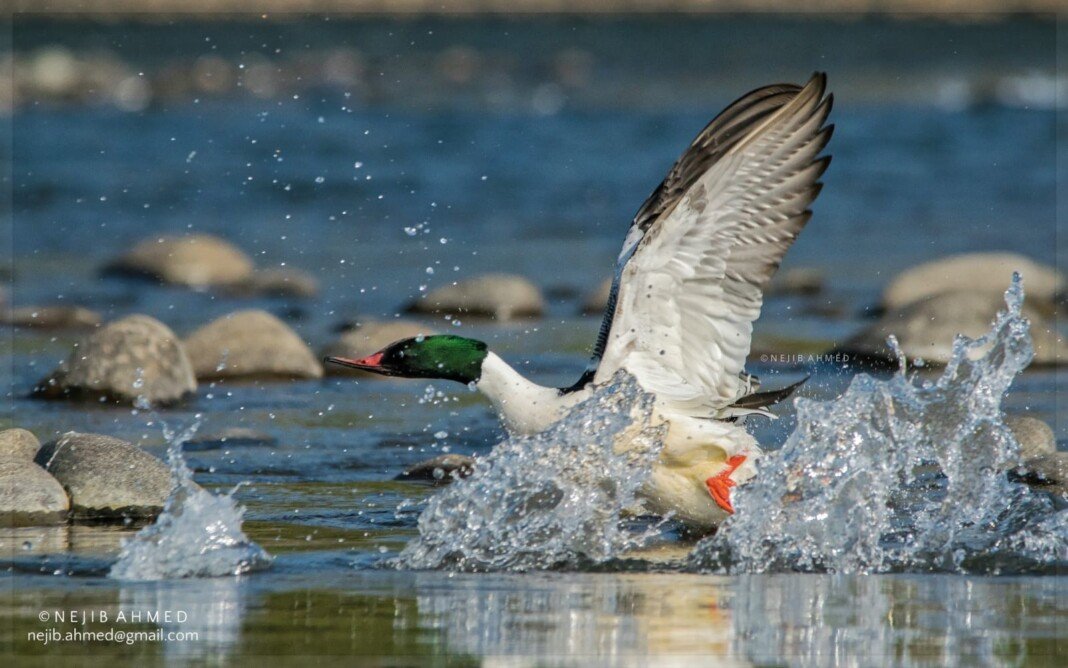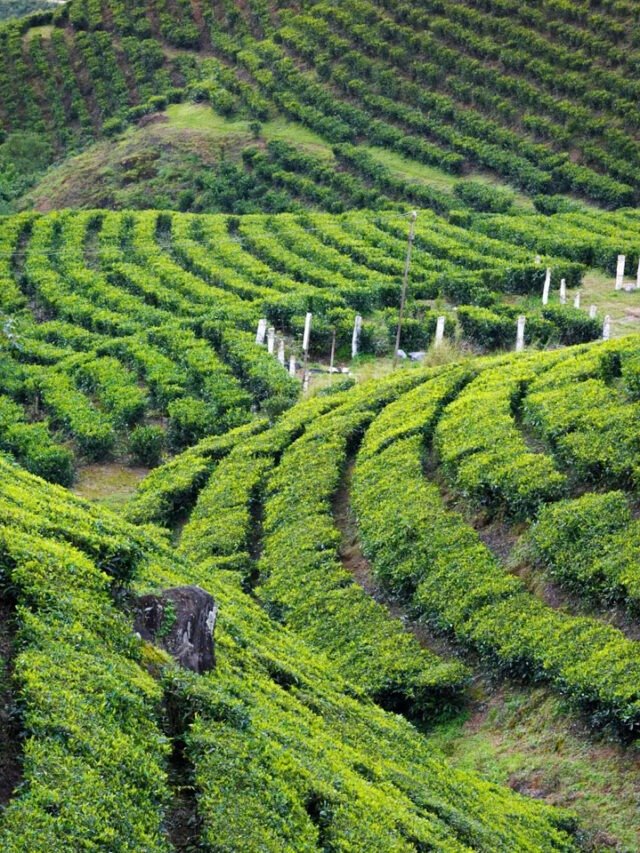HT Bureau
GUWAHATI, Oct 18: As the winter season is set to bring comfort to the atmosphere in Assam, the time has come for winged visitors from faraway places to flock to the state’s numerous forest areas and wetlands.
These migratory birds add to the richness of the state’s biodiversity during winter, making the destinations more attractive for nature lovers and significantly enhancing the tourism potential of the state.
The region’s premier research-based biodiversity conservation organisation, Aaranyak, has called for concerted efforts by all sections of society in the state to ensure the safety of these winter-season winged visitors, which contribute immensely to the state’s in-situ biodiversity.
From November 2024 onwards, Aaranyak is organising a series of birdwatching events, as well as bird counts at various locations across Assam.
“Migratory birds that visit different areas of the state during winter are valued guests, and we all should safeguard them during their stay. The people of the state, in general, should also remain sensitive to the protection and conservation of natural areas frequented by these migratory birds,” said Dr Bibhab Kumar Talukdar, secretary general and CEO of Aaranyak.
Dr Talukdar informed that Aaranyak will be eager to extend as much cooperation as possible to bird lovers who wish to observe these wonderful winged visitors more closely.
“Assam is home to over 900 of the 1,377 bird species recorded in India so far. The diversity of habitat and altitudinal range, coupled with the location encompassing two biogeographic zones, explains this diversity and the high number of breeding birds in the state. Assam also hosts a significant number of migratory birds, thanks to two major migration flyways, the Central Asian and East Asian–Australasian flyways, that pass over the state,” said Udayan Borthakur, a senior scientist at Aaranyak.
“Aaranyak has undertaken crucial ecological research on some globally threatened birds, such as the White-winged Wood Duck, Bengal Florican, Greater Adjutant, and White-bellied Heron. We have also pioneered genetic research on the critically endangered White-bellied Heron.
“Besides scientific research, Aaranyak has been using birdwatching as a tool to connect people with nature and contribute to citizen-science-based initiatives. Aaranyak’s biologists, members, and volunteers have contributed to the development of checklists of birds for several Important Bird Areas (IBAs) in Assam,” Borthakur said.
Regarding the importance of birds and migratory birds to ecosystems, Aaranyak researcher Karishma Sharma Chamlagain said, “Birds are vital agents for critical ecosystem services such as pollination, seed dispersal, pest control, and nutrient cycling. In many regions, migratory birds further amplify these benefits, connecting ecosystems across continents. Their migratory routes span thousands of miles, demonstrating nature’s intricate interconnections. In places like Assam, where biodiversity is particularly rich, birds play key roles in maintaining ecological health, supporting human livelihoods, and enriching cultural heritage.”
“Migratory birds, in particular, are a vital link between different ecosystems. They contribute to global biodiversity by transporting genetic material across geographic regions and enriching ecosystems far from their breeding grounds.
“However, despite their ecological importance, birds and migratory birds face significant threats due to habitat loss, climate change, pollution, and human activities. Protecting them is critical not only for biodiversity but also for sustaining ecosystem services that benefit humans,” she added.












